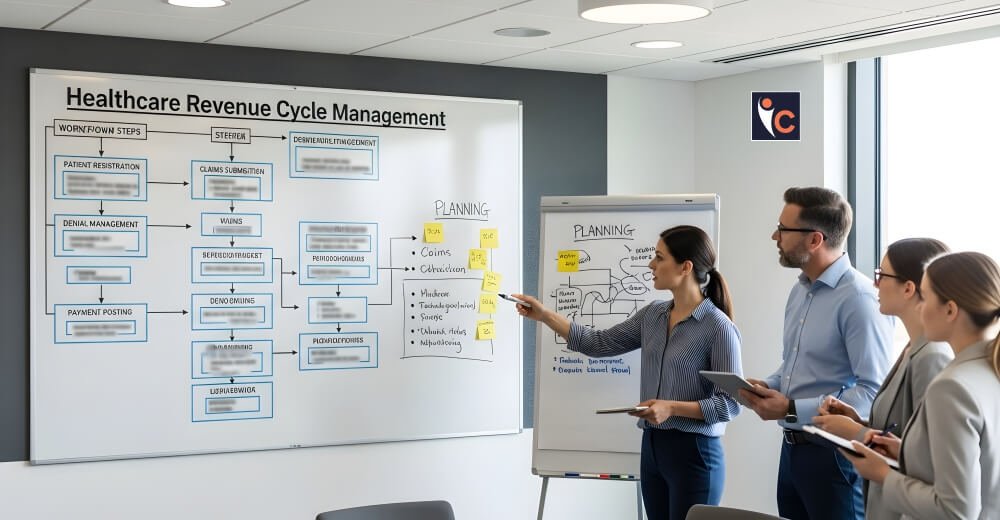Building Resilience
With the pace at which the world is changing today, climate issues are the call to action for small and large business. From supply chain breakdown in the case of extreme weather to the implementation of new legislation to contain carbon emissions, the business landscape is evolving hand-in-hand with the climate. The need for resilience is no longer a dream of sustainability—it’s a business imperative. Those companies that act early to address the challenge of global warming can protect business, avoid economic loss, and achieve competitive edge in a world where companies are going green.
Understanding Climate-Related Risks
Climate risks are either physical or of a transition nature. Climate change’s direct effects, like hurricanes, floods, droughts, and wildfires, are examples of physical threats. The incidents have the potential to impair supply chains, harm infrastructure, and decrease labor availability.. Transition risks include low-carbon economy transition and involve policy change, market forces, disruption through technology, and reputational damage.
For example, a manufacturer will suffer supply chain disruptions from drought that destroys raw material crops or will face added expense under carbon pricing. Industry-specific risk is the danger, but all sectors are exposed.
Measuring Vulnerabilities
The path to climate resilience is quantifying your vulnerabilities by undertaking a strategic risk assessment. By that, what is meant is identifying what part of your business is exposed to physical and transition risks. Some of the questions you need to ask yourself are:
- Are our major suppliers situated in areas with a high likelihood of extreme climatic occurrences?
- How much do we rely on fossil fuels or non-renewable resources?
- What regulatory shifts will affect our business model?
By using scenario planning and climate models, not only is it possible but also achievable to foresee the future and make long-term decisions. Guidance from outside environmental consultants or sustainability officers is what most organizations also depend on to advise them.
Diversifying Supply Chains
Global supply chains are especially vulnerable to the impacts of climate destabilization. A hurricane in one region of the country can create a ripple effect through a series of industries. Businesses can reduce vulnerability by diversifying suppliers, buying locally when they are able, and not becoming too dependent on one supplier or area.
Building backup suppliers and investing in more durable logistics infrastructure can also counter such risks. Other digital technologies like supply mapping and real-time analytics can yield increased visibility and responsiveness.
Investment in Green Infrastructure
Going green is good for both the environment and business. When companies invest in things like water-saving systems, clean energy, or energy-efficient buildings, they can reduce their risks from climate change. energies, and energy-efficient structures, corporations can minimize their vulnerability to climate change.
For example, replacing new air conditioning units or providing solar panels reduces the price of energy and risk of fossil fuel price. The investments are tax-preferred and return brand value to green consumers.
Developing a Climate Action Plan
A climate action plan formalizes a firm’s emissions reduction strategy as well as mitigation of environmental problems. Some of the most critical components could be:
- Measurement and emissions reduction targets
- Sustainable procurement practices
- Waste reduction and recycling programs
- Environmental practice staff training
A plan such as this not only shows regulators and stakeholders that the firm is dedicated to sustainability, but it is a map during a crisis. Planned change is more likely to respond and recover when things go wrong.
Engaging and Communicating
Resilience is built in collaboration. Businesses can enhance their climate action through collaborative efforts with industry colleagues, municipal government, and NGOs. Collective intelligence and collective action also generate more innovative and cheaper solutions.
People at every level of a company should understand the environmental goals and know how they fit in. Being honest about these efforts helps build trust with folks on the outside who care about what businesses are doing for the planet.
Leveraging Insurance and Financing Mechanisms
Insurance is a traditional yet crucial climate risk hedging product. Corporates will periodically have to review their insurance covers to obtain coverage for new and emerging risks. Other products like green bonds or ESG-linked loans may also be employed for funding sustainability projects with the additional cue of environmental purpose to investors.
Looking Ahead
Climate change effects continue to increase; so does global IQ and global consciousness. Companies that adopt resilience today position themselves to succeed tomorrow. From green investing to more intelligent supply chains and smart policy, there are numerous paths to remain ahead of the climate risk curve.
Adapting to climate change helps businesses stay strong and move forward in a greener future.
Read Also : Integrating Climate Risk into Decision-Making





